This past July, I flew to Chicago to attend Justice Day 2015, the
fiftieth anniversary of the North Shore Summer Project, a 1965 fair housing
effort to challenge the practices that perpetuated housing segregation,
practices that had been taken for granted for so many years. It led me to look
back even further in time.
In the mid-1940s, at the Charles C. Lea elementary school in the
Philadelphia neighborhood now known as University City, there were a few
“colored” children (“African-American” wouldn’t come into use for some forty
years), and I never wondered why none of them lived on my street. A few years
later at the Philadelphia High School for Girls I became friendly with a few
“Negro” girls, but none of them lived in my neighborhood, and aside from a
couple of evenings when my mother invited some of them to dinner at our
apartment, I didn’t see any of them outside of school. At Penn in the 1950s I can’t
remember any students of color. No wonder: our 1955 yearbook shows only one
black woman in our entire graduating class. It’s a snapshot of the times.
I never considered myself prejudiced, but I’m mortified to admit I
was blind to the barriers that separated people by skin color. It wasn’t until
the rise of the civil rights movement in the 1960s that my consciousness was
raised. I was horrified by the violence down South. But as a Manhattan mother of
three children under six, I didn't feel I could go to Mississippi to fight for
justice. When I heard about the New York-based National Committee against
Discrimination in Housing, I realized that I could work for change in my own
backyard. I joined the staff of the NCDH.
New York City had a fair housing law – but if people didn't apply
for housing, the law meant nothing. I wrote "Neighborhood Profiles,"
describing areas of the five boroughs where few minorities lived – and which
many nonwhite home seekers knew little or nothing about. We distributed these
profiles and followed up with home-seeking families. Whenever minority
applicant were refused, my anger helped me get through the process of lying to
make my profile sound like theirs and to overcome my nervousness about
testifying in court. I became more and more incensed that people should be
treated this way.
Late in 1964, my family
moved from Manhattan to Glencoe, a northern lakeside suburb of Chicago, and I met
Philadelphian Bill Moyer, who was working with the American Friends Service
Committee. Bill, a mild-mannered social worker, was a genius at organizing. “There’s
just as much racism in Chicago as there is in Mississippi,” he told me. “But
white people – even liberals – don’t realize it. We want to make them see it.”
His idea was to launch an Open Housing movement in the thirteen almost-all-white
suburbs along the shores of Lake Michigan by emulating the Freedom Marches in
the south. He named this1965 effort the North Shore Summer Project, after the
Mississippi Summer Project.
“Down South,” Bill told me in his soft-spoken way, “the movement
is focused on voting rights. But these North Shore suburbs don't have to deny black
people the right to vote – they just deny them the right to live here. Only two
of these suburbs – Evanston and Glencoe – have real black populations. They
also have real ghettoes to keep them in.”
The
Quakers, Bill explained, wanted to expand white people’s knowledge of racism: “Black
people don't have to learn about prejudice: they’re living it.” Bill’s sense of mission was contagious, and I
enthusiastically agreed to serve as volunteer public relations director.
It was a heady time. I was working with
representatives from the worlds of religion, civic involvement, and social
activism. Because these suburbs were almost totally white, we had black
committee members from only two towns, the Reverend Emory Davis from Evanston
and Gerry Washington, a Glencoe mother whose daughters went to school with and
played with mine. We met with realtors, conducted vigils outside their offices,
and distributed literature about their discriminatory practices. We marched and
we sang. We recruited college students to interview North Shore residents, who declared
overwhelmingly that they would welcome nonwhite neighbors, despite the
realtors’ contention that they were following homeowners’ wishes by refusing to
show houses to nonwhite home-seekers. Our major coup was bringing the Rev.
Martin Luther King Jr. to Winnetka, the whitest of these suburbs, to speak to a
crowd of 10,000 on the Village Green.
I issued weekly news releases, was quoted in the local press – and
received hate mail. Instead of intimidating me, it let me know that our efforts
were being noticed and inspired me to become even more committed. (Of course
hate mail in Glencoe was not as scary as hate mail in Biloxi.) Our final event
was the August 29 six-mile march from our NSSP Freedom Center in Winnetka to
the Evanston-North Shore Board of Realtors, where we presented a summary of the
project’s findings at a rally, followed by an all-night vigil. Then the NSSP,
which from its conception had been time-limited, disbanded. Our students went
back to school, our AFSC sponsorship ended, and most of the volunteers moved on
to other forms of activism.
Soon afterwards my family moved away from Glencoe, and I lost
touch with my fellow volunteers. Last spring I reconnected with Carol Kleiman,
another former Philadelphian. Carol told me that when she had told Dr. King she
wanted to move from Glenview to an integrated area, he told her, “No, stay
where you are. Lance the boil.” The “boil” was segregation, and a few results
of that “lancing” can be seen in activities we set in motion.
Although the NSSP failed with Harriette and McLouis Robinet (a
physicist then teaching at the University of Illinois), who were not able to
buy a house on the North Shore and suffered humiliation while looking, they
were energized to continue their search and did buy in the previously all white
western suburb of Oak Park, where the family still lives. Harriette wrote about
her family’s experience for Redbook,
launching an award-winning career writing multicultural historical fiction for
children.
David and Mary James’s North Shore story is more successful. The
first African American to buy in Winnetka, David, a lawyer and former Tuskegee
airman, founded a program for suburban and inner-city children, now a day camp
for 7- to 12-year-olds. It was – and still is – infuriating to learn how hard
it was for so many good people to do a simple thing like housing their
families.
Fortified by the 1968 national Fair Housing Act and moving beyond
educating the white community, Winnetka’s Open Communities now works to
influence housing policy and enforce the law. At the anniversary celebration it
sponsored, the crowd of about 1,000 –
many of whom had not been born in 1965 – gathered on the Village Green where
Dr. King had addressed the largest crowd ever to assemble there and pledged to
continue the work. The bronze marker
memorializing him, installed with money raised by Winnetka schoolchildren,
gleamed in the sunlight, heralding a brighter future.
But
the wheels of justice still grind exceedingly slow. Even though in 1968 the national
Fair Housing Act became law, many brokers have simply gone underground. The
North Shore suburbs are still almost entirely white. It’s disappointing, half a century later, that there’s
still a need for a follow-up to the push to open closed borders. I briefly wondered
whether our efforts had had any impact at all. But then I reminded myself that
change had occurred. That even when an ideal is not fully realized, our efforts
were not in vain. Although the numbers of nonwhite residents in these suburbs
are still small, they’re larger than they had been.
The biggest change was in us
mostly white volunteers, who learned from our educators, the black volunteers
and home-seekers. Working in the context of the society of fifty years ago, we
morphed from white liberals to white activists as we realized that a new world
will be formed in new ways. Many of us went on to work for change in many
facets of society, including but not limited to racial equality. So yes, we can
wear the sobriquet of “do-gooder” proudly. We did do some good – largely for
ourselves, but also for thirteen communities. We will never go back to who we
were before – just as the North Shore is no longer what it was. I remember the
words of Mahatma Gandhi: “Whatever you do will be insignificant, but it is very
important that you do it.”
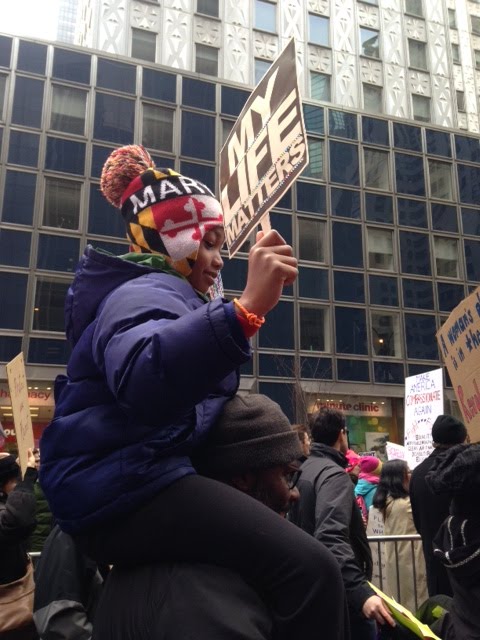
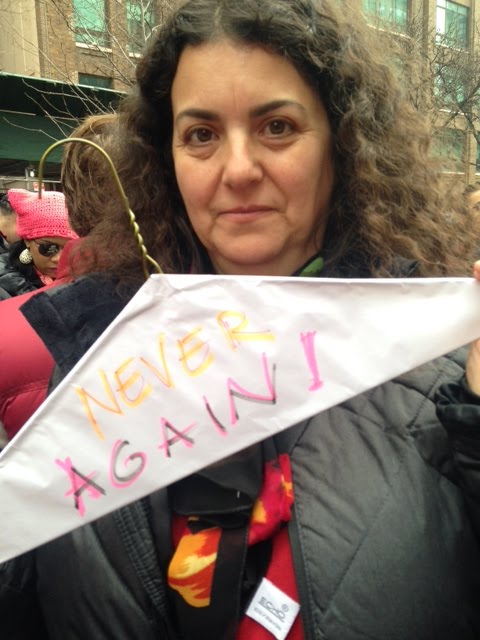
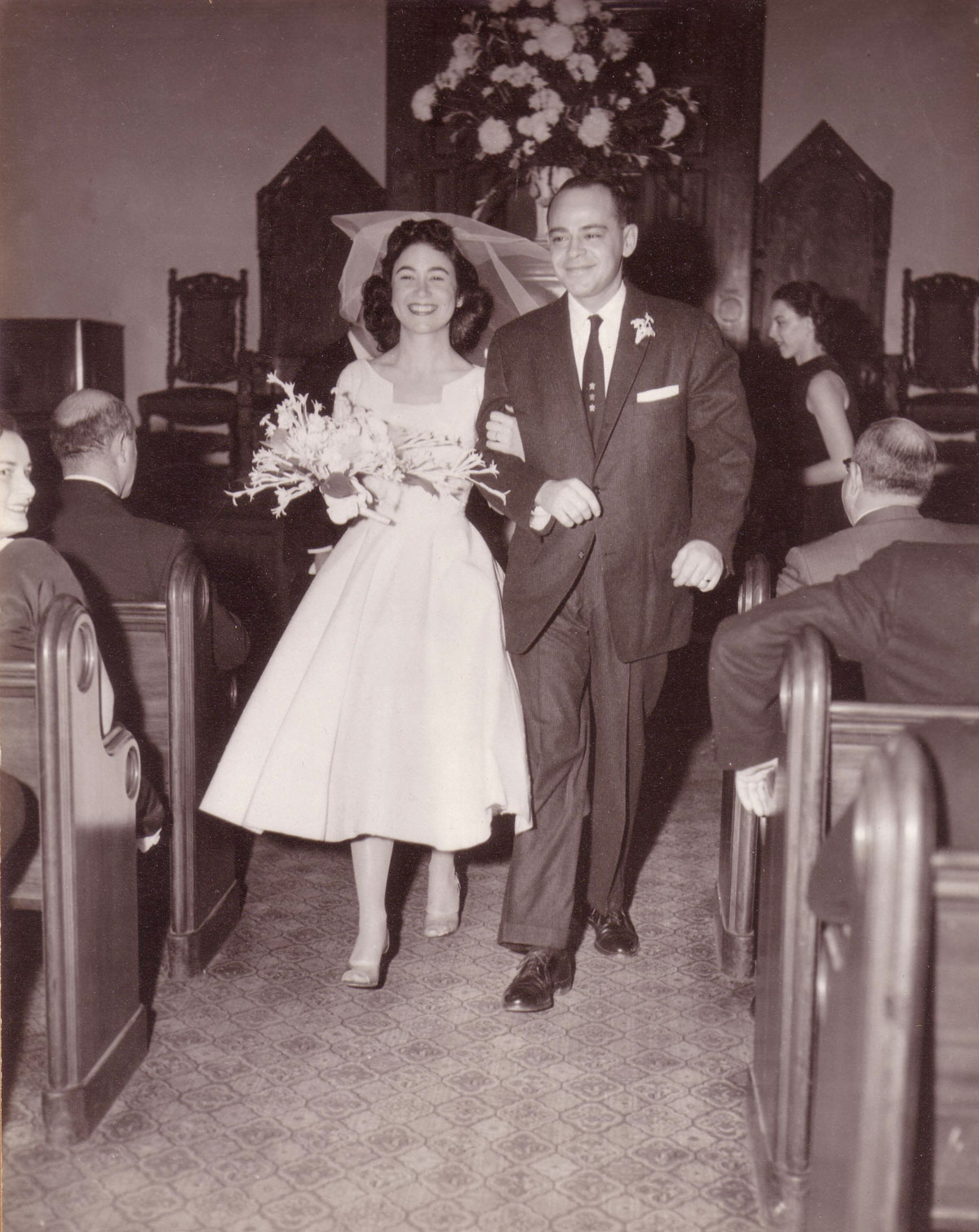
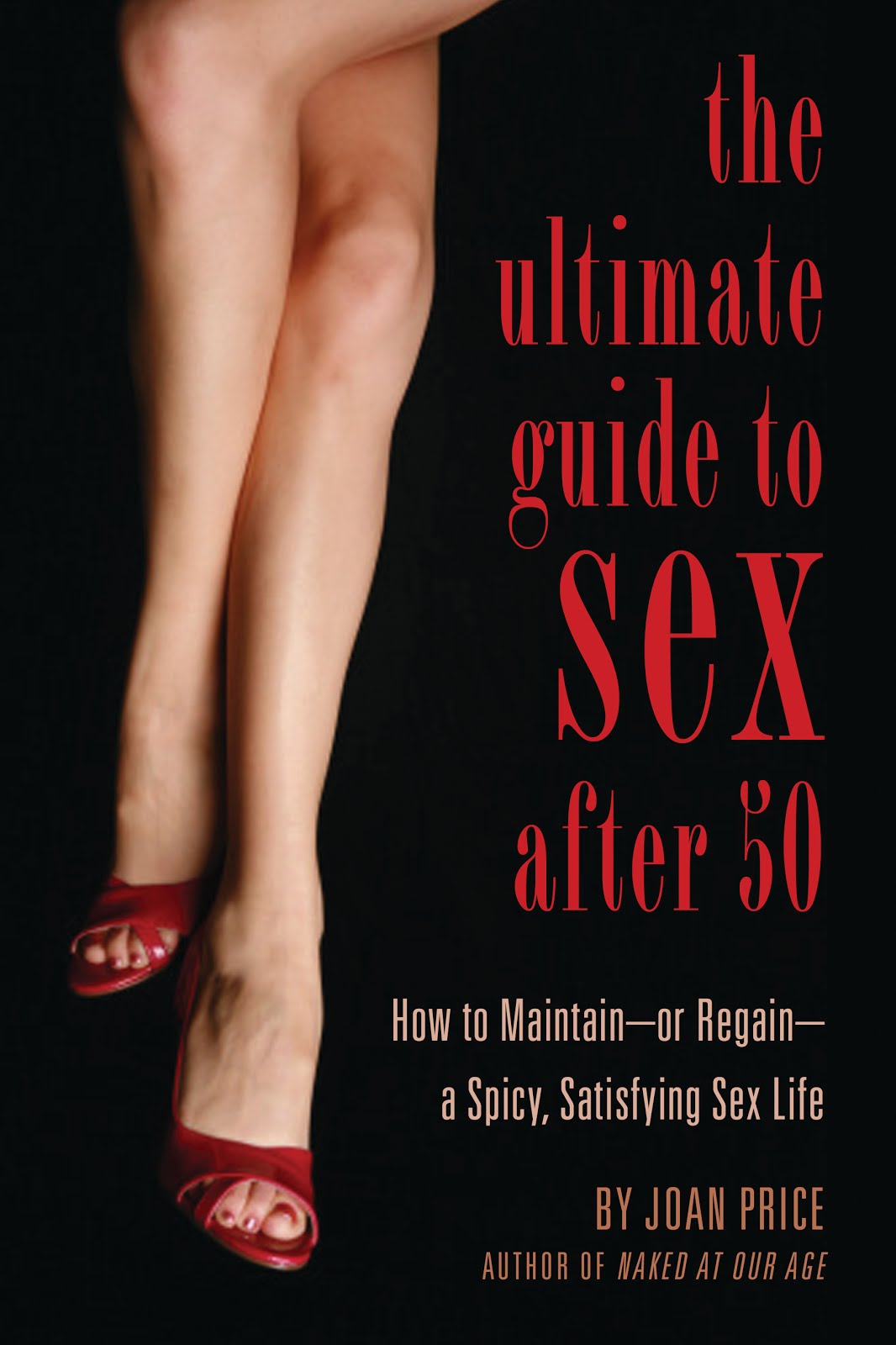


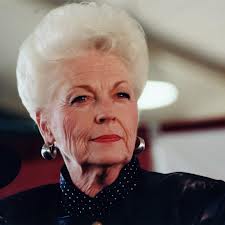


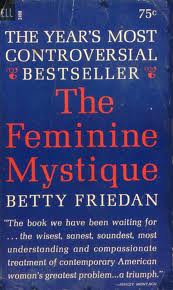
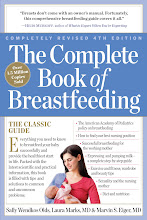
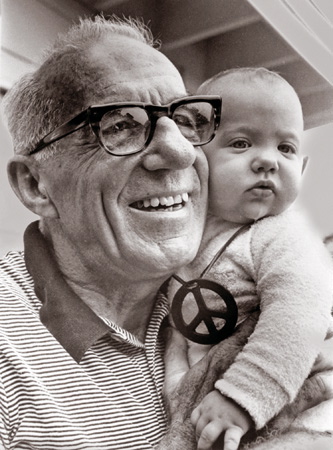


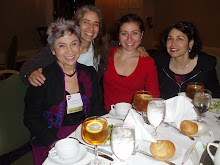
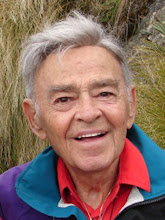
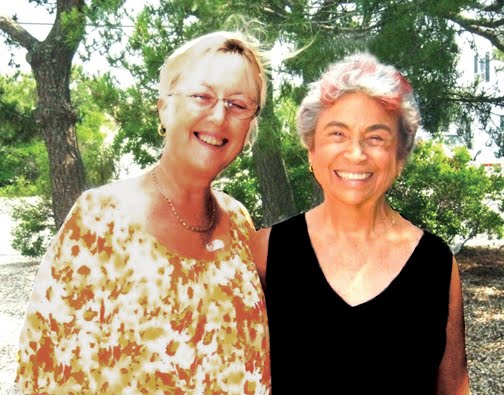.jpg)
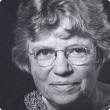
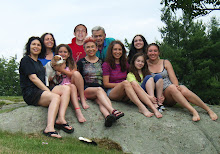

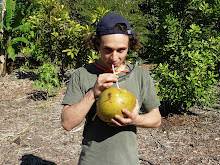
.jpg)
.jpg)
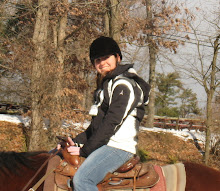.jpg)
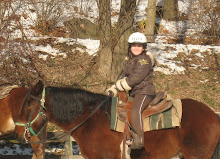.jpg)
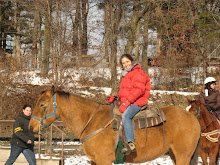
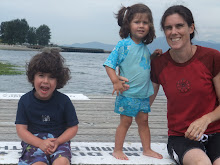
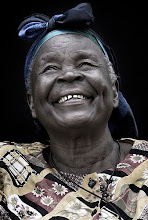

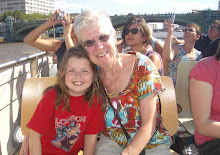.jpg)
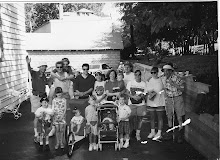
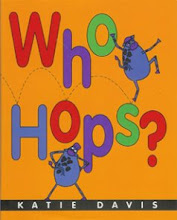


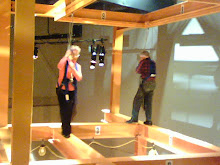
.jpg)